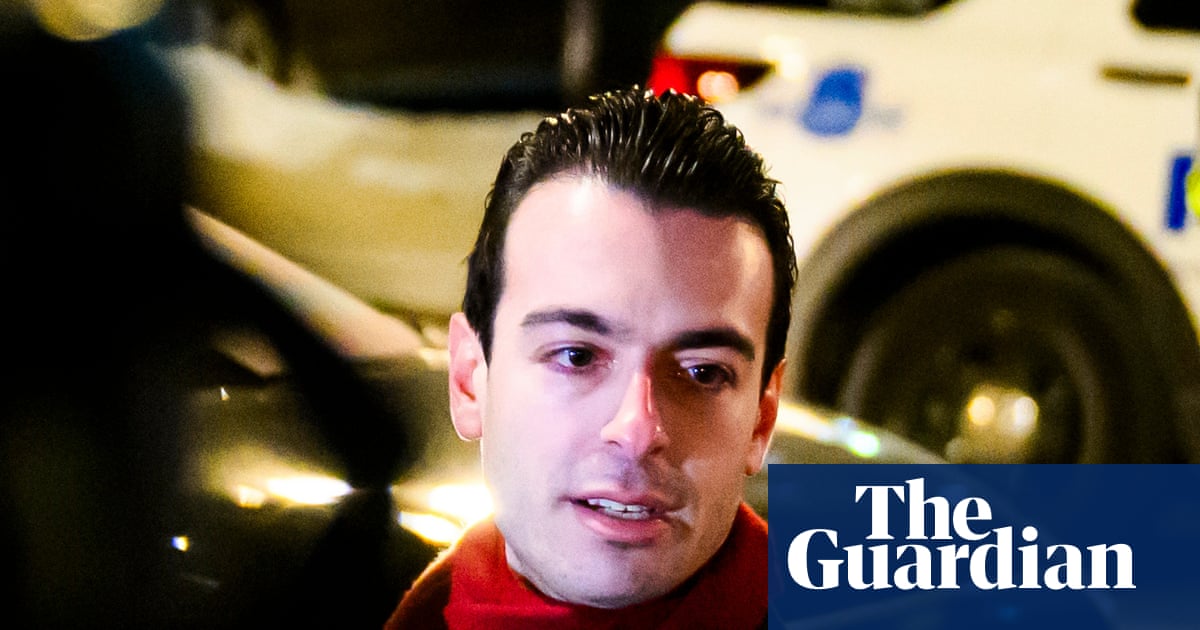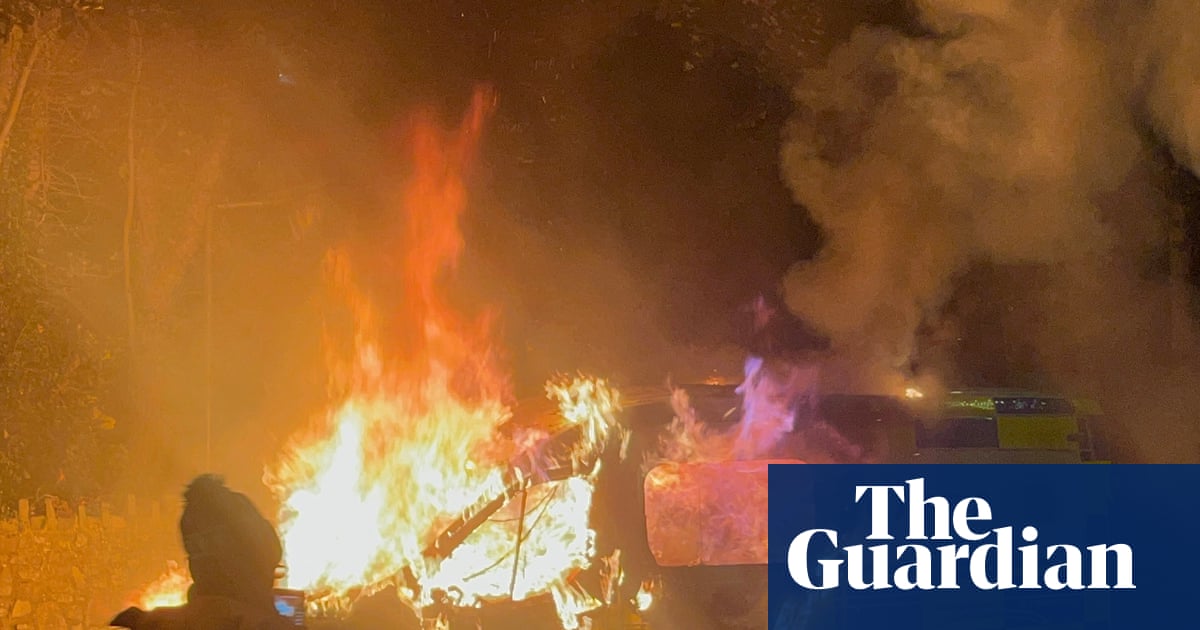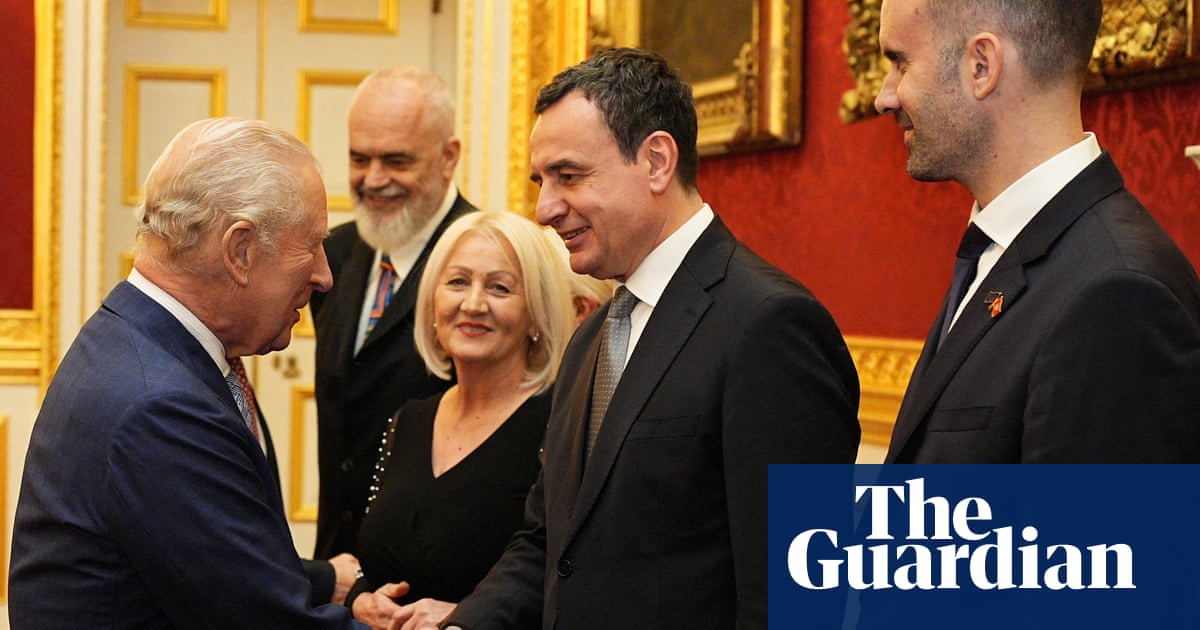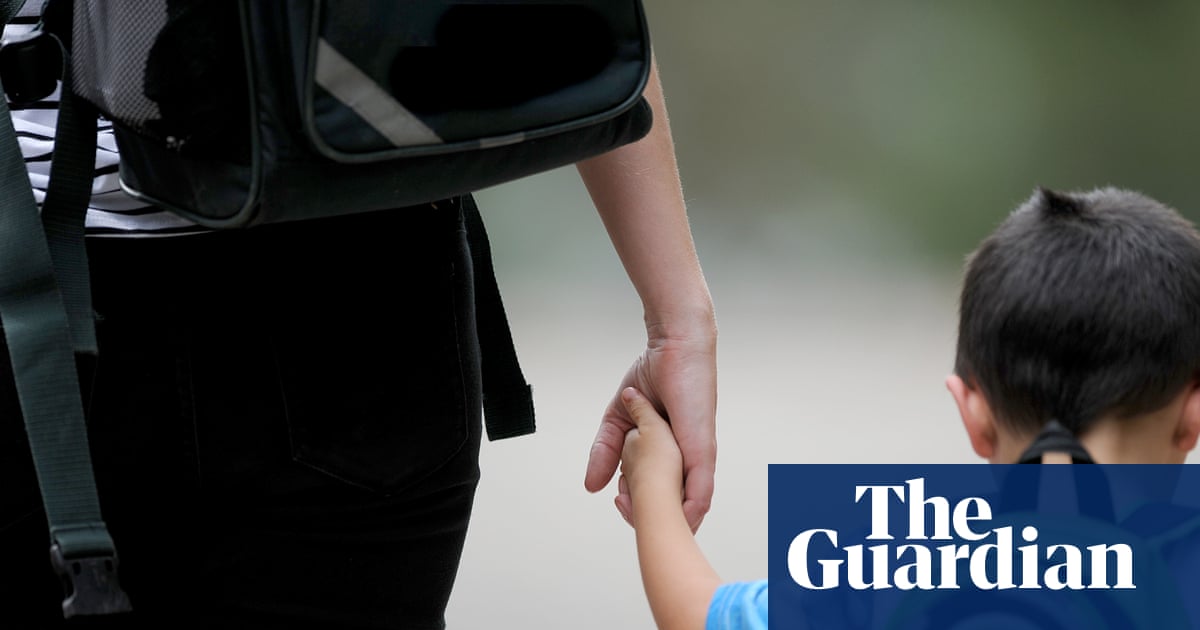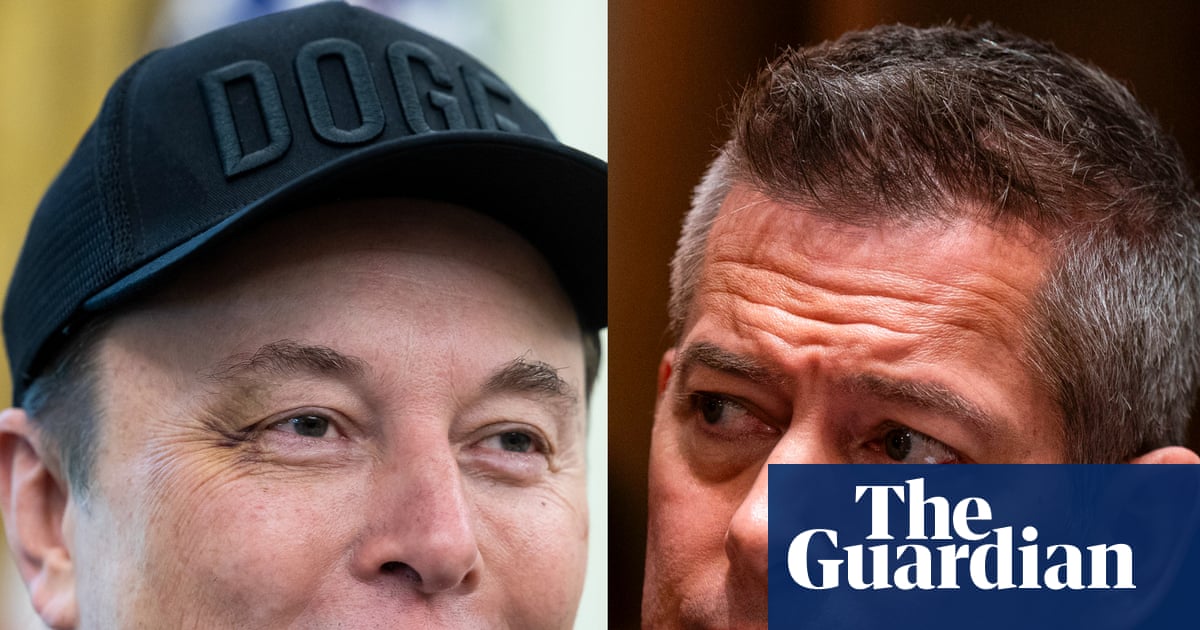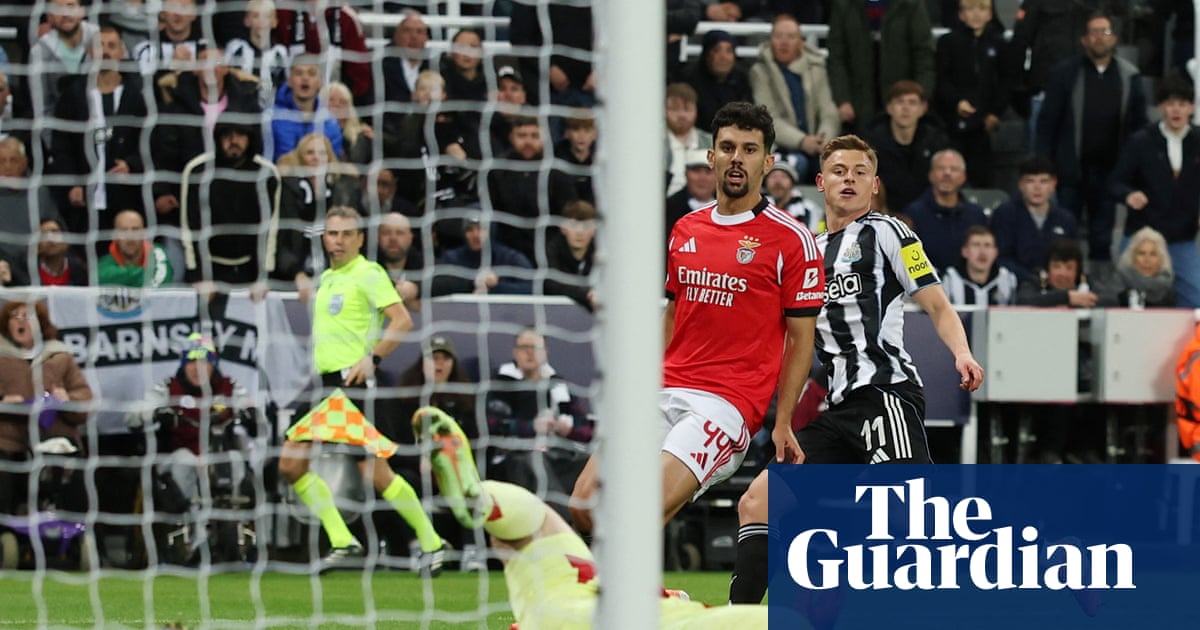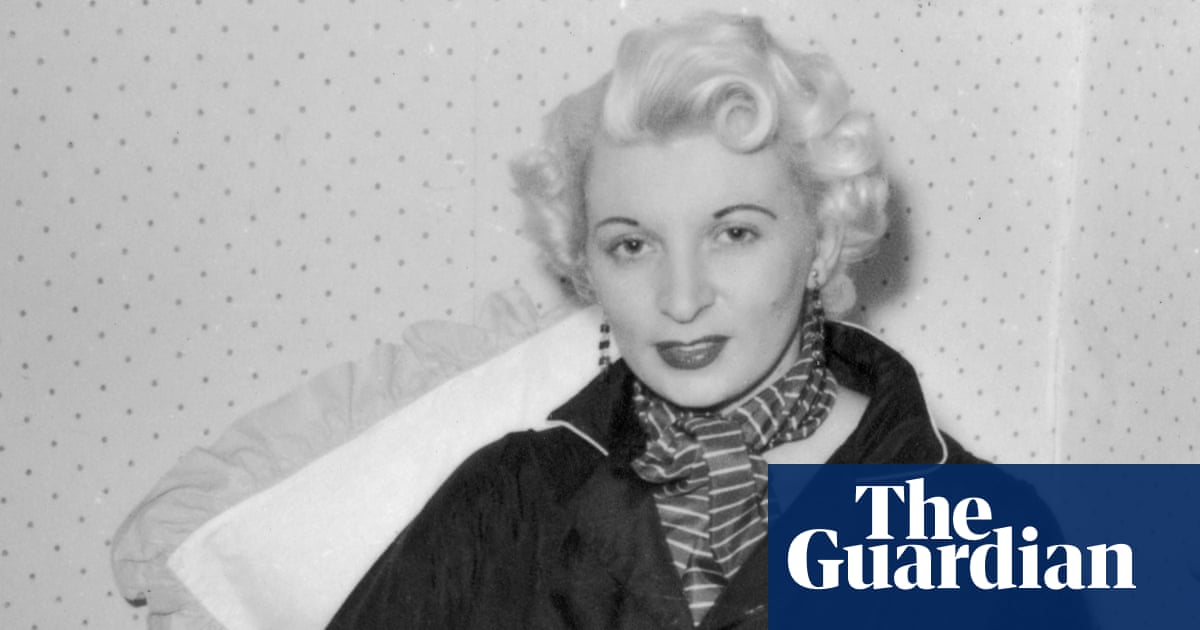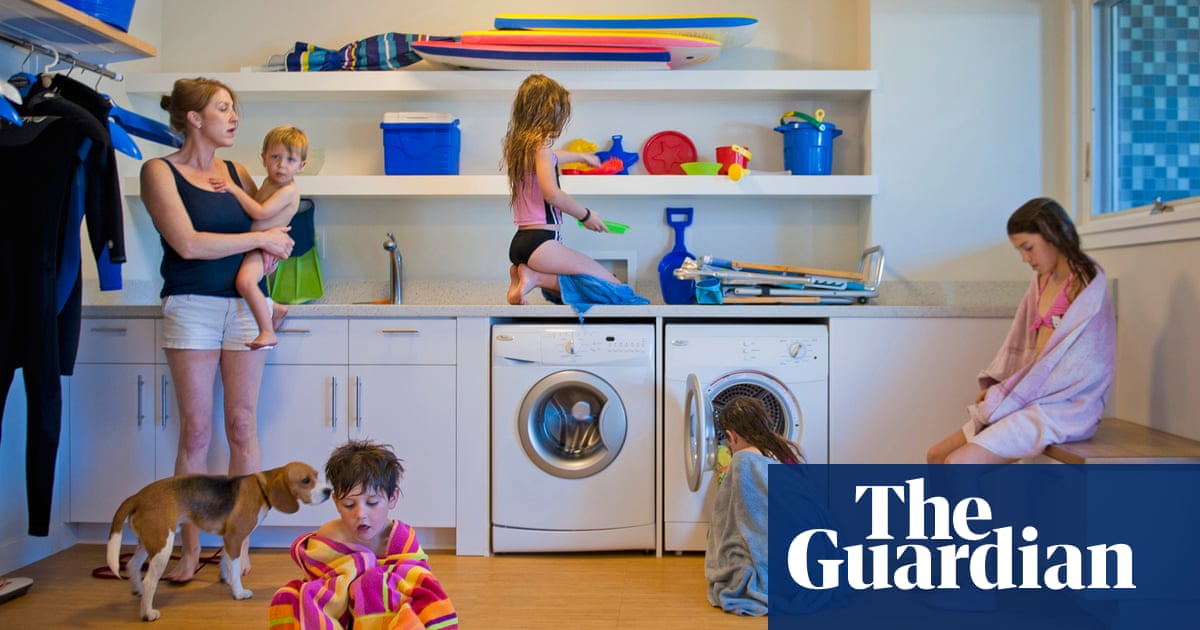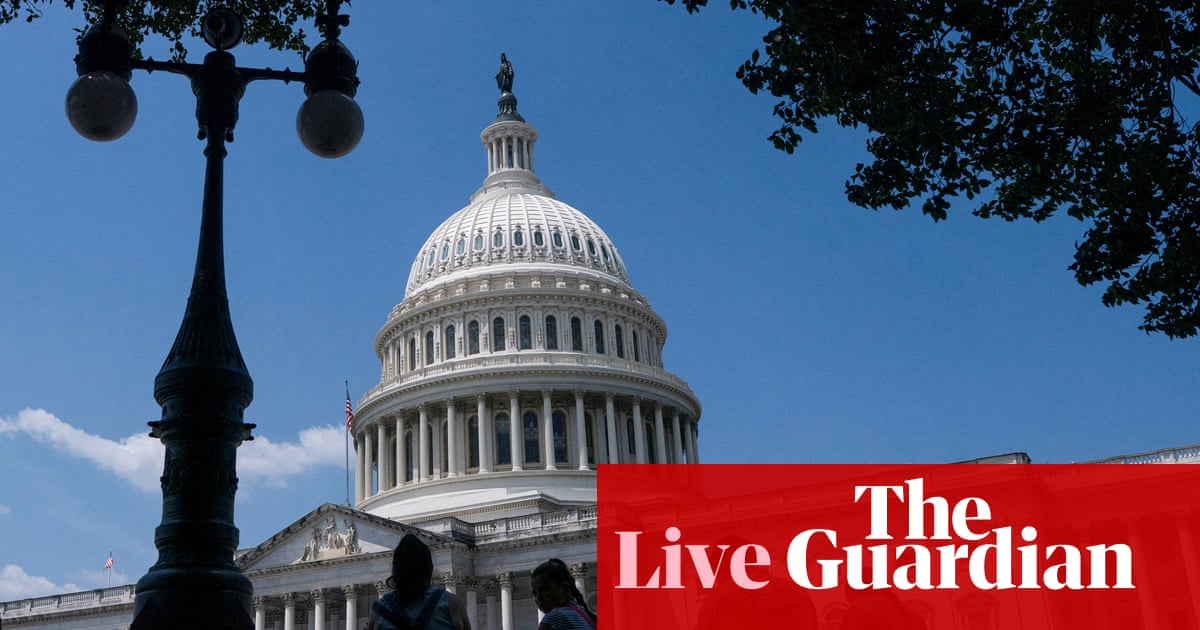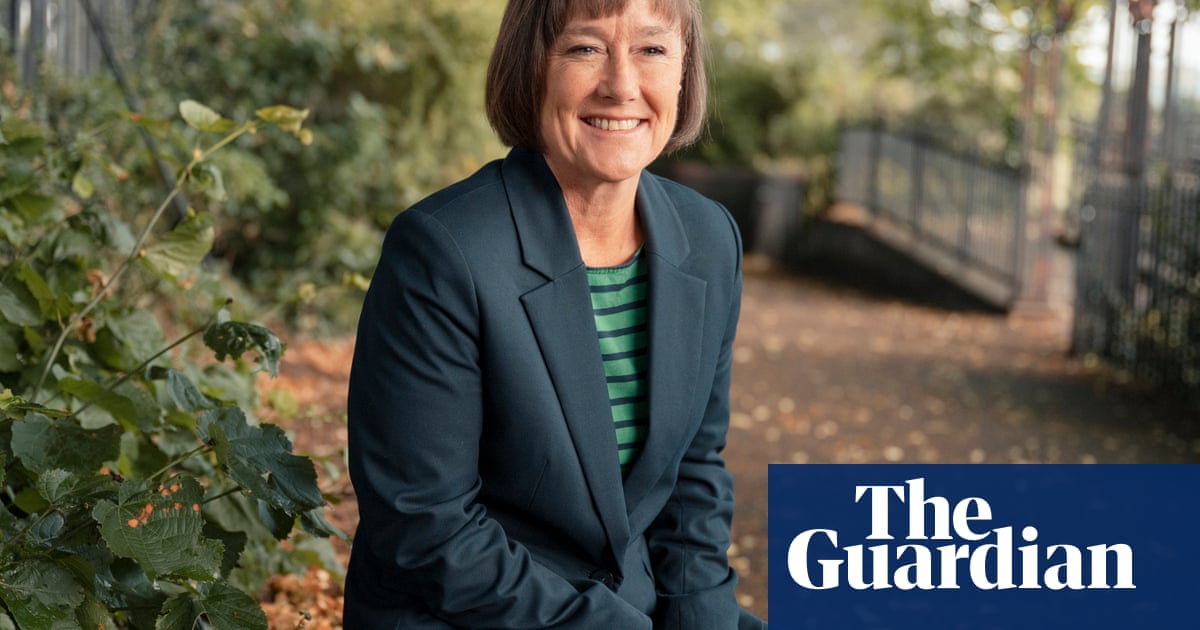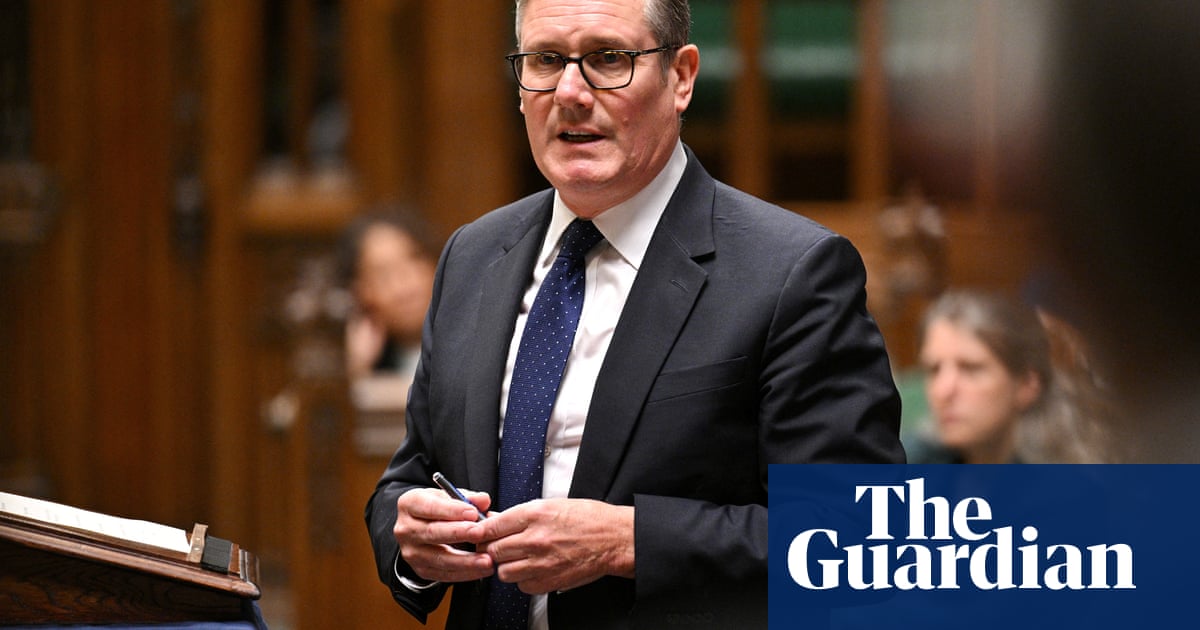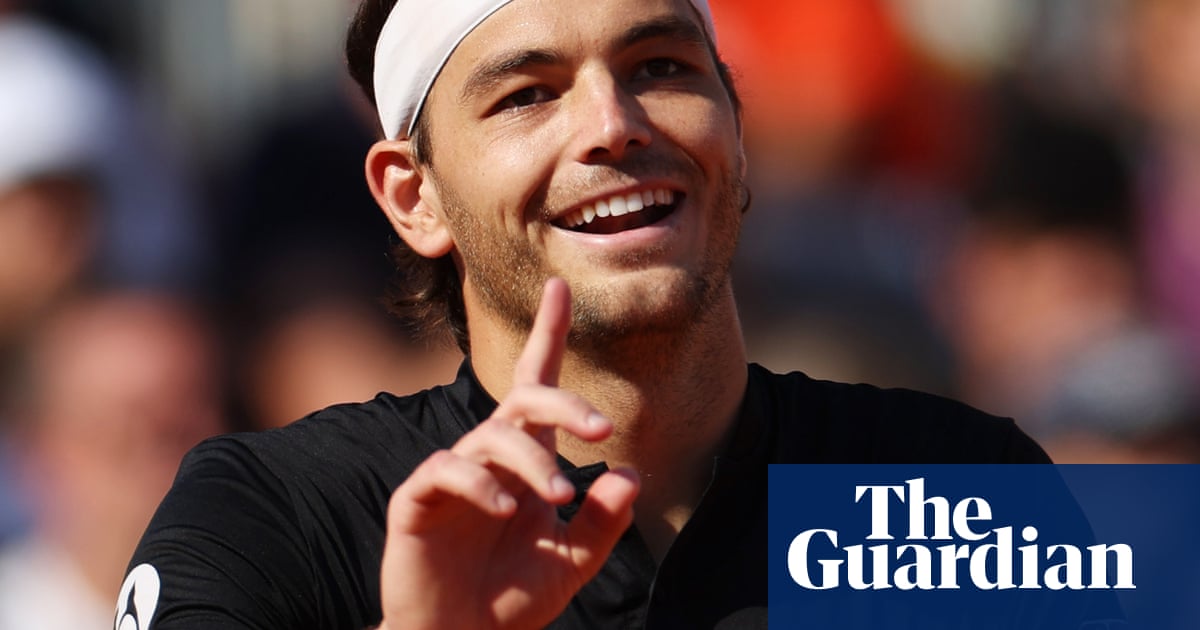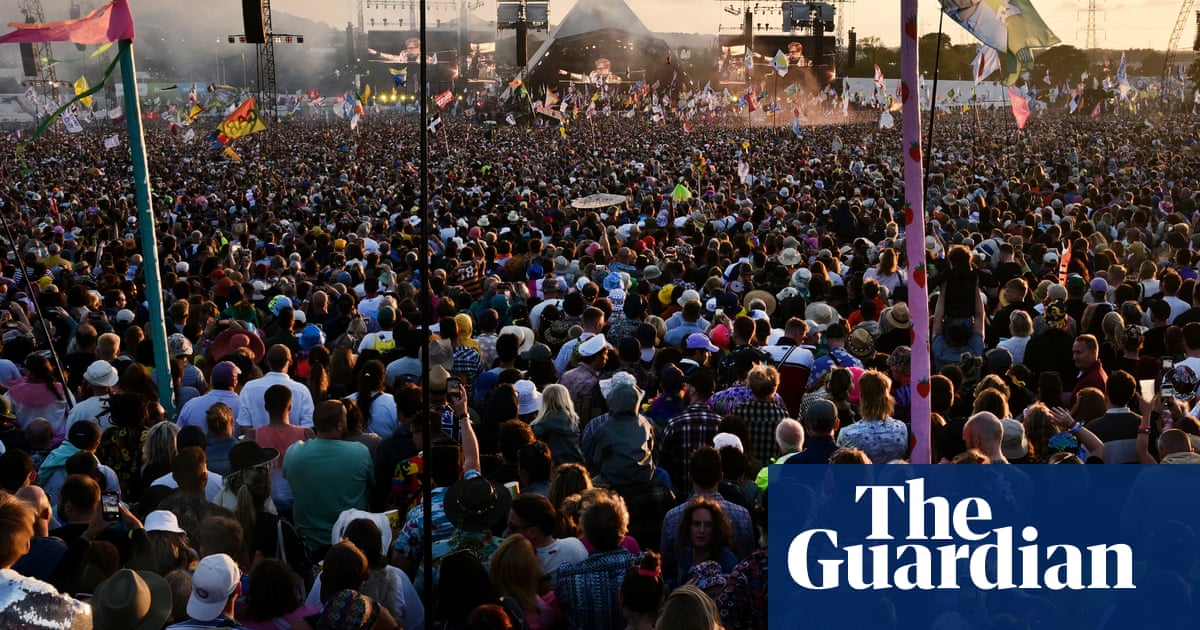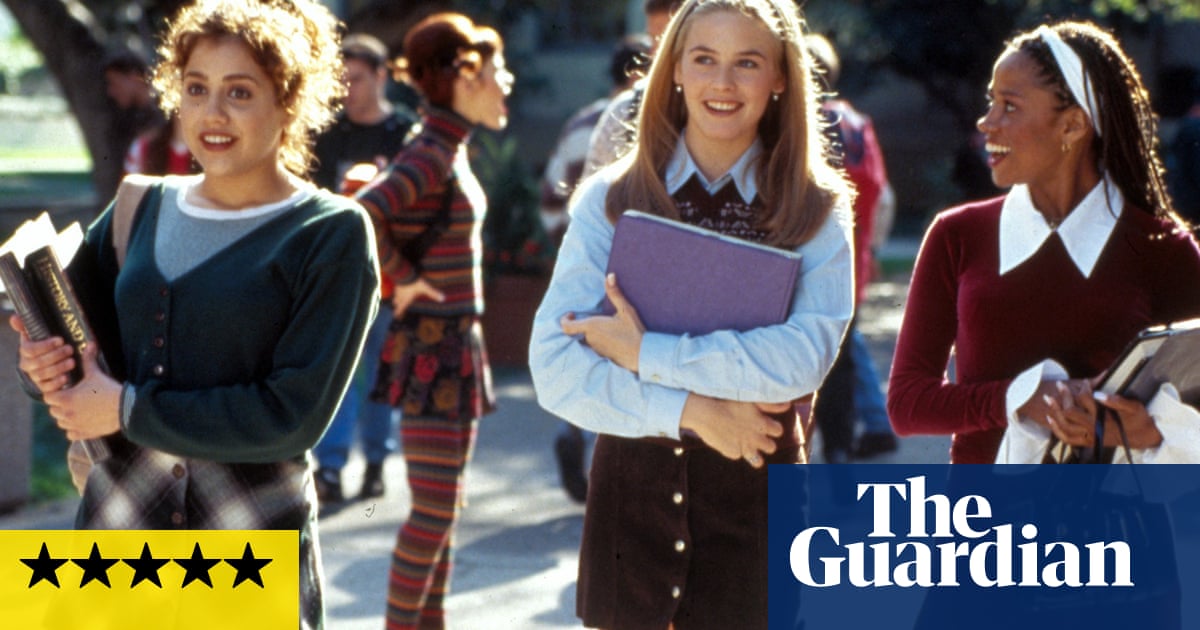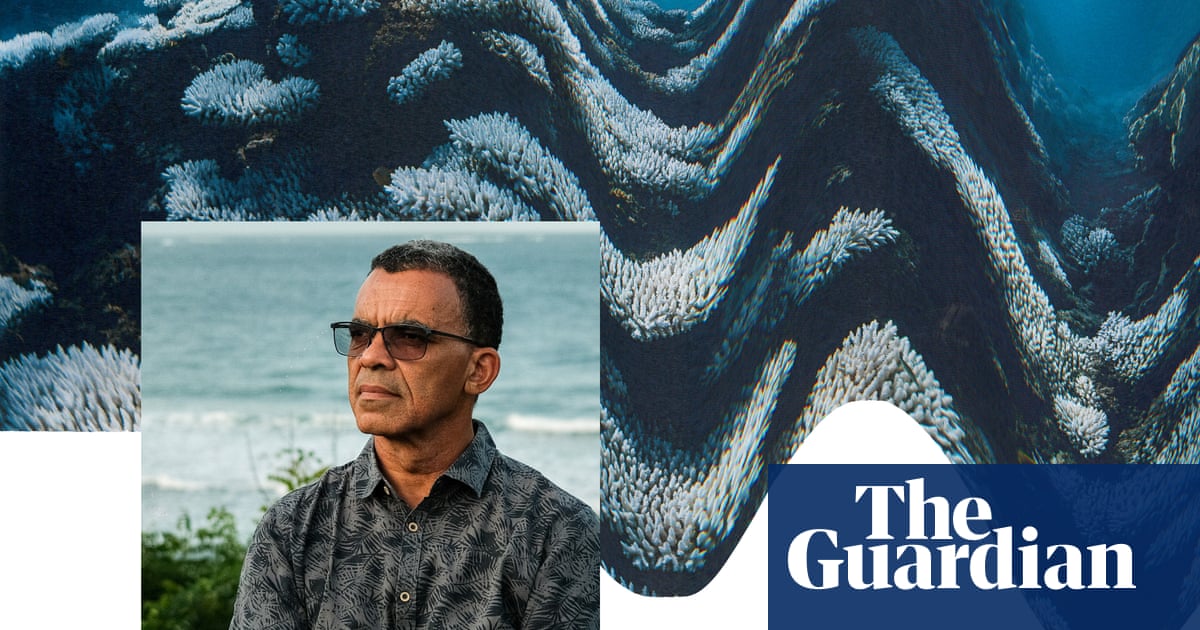In July 2023, 17-year-old Charlie Cosser attended a party in Warnham, West Sussex. Like many parents of teenagers, Martin and Tara Cosser were happy that their son was going to a gathering at a private house, rather than on a potentially rowdy night out in Guildford, Surrey, as he had originally planned.
Tragically, the Cossers were wrong. A fight broke out on the party’s dancefloor, and Charlie was stabbed three times in the chest by Yura Varybrus, who was 16 at the time. Charlie’s catastrophic injuries included a cut to his aorta, which led to internal bleeding and cardiac arrest. The many harrowing moments recalled here include Charlie’s sister, Eloise – now 18 – listening to her brother’s heart beat for the final time, before his life support was turned off two and a half days after the attack. He was, says Martin, “a beautiful son in every way”.
The murder of Charlie Cosser is one of three cases featured in the second series of ITV’s TikTok: Murder Gone Viral, a series centred on crimes with apparent (some are more clear than others) links to social media, be it in their causes or the publicity generated after the fact. It is a strange show that veers unevenly from lurid true crime to excruciating family testimony (Eloise describes the family’s life today as “a lonely bubble”). Even when it is at its least sensationalist, its overreliance on clips of strangers taken from the titular social media app cheapens the whole thing dramatically.
That is most clearly the case in episode two, about the death of a 13-year-old girl, Tristyn Bailey, in Florida. Here, the TikTok connection is largely confined to the wild speculation that erupted online in the wake of Bailey’s death. Heartfelt contributions from her family are interspersed with vapid proclamations from people who didn’t know her (Annie Elise, a crime vlogger, says she “knew something was wrong instantly” when she heard the teenager was missing). One uncredited TikTok clip describes Aiden Fucci – the classmate who would later go on to be sentenced to life in prison for Bailey’s murder – as “a piece of garbage”.
While contempt of court is less of an issue in the US than the UK, the idea that people were discussing and hypothesising around the case so openly online is presented as something more worthy than the rubbernecking it so obviously was. Some of the TikTok clips still have their usernames intact; while it feels unfair to pick out any one of these social media sleuths by name here, a quick Google shows some of them posting short clickbait videos with titles such as “what are the most brutal true crime cases?” and “the unsolved mystery of human remains in a skip”.
The episode about Cosser has, at least initially, a much less icky connection with social media; it was, in fact, his father, Martin, who was posting on TikTok about his son’s death, and who continues to raise awareness of the dangers of knife crime online and in the wider world through the charity Charlie’s Promise. Even so, I can’t help but feel as though the family deserved better than to be lumped into a series that picks and chooses how it feels about the internet from minute to minute. Later, we are told that there was a deluge of racist material on the app about Varybrus, claiming he was a Ukrainian refugee, but we are given no further information. TikTok: Murder Gone Viral prefers a more facile approach, flashing up comments such as “I’m so sorry. [Varybrus] will pay in hell”.
The final episode in the series revisits the deeply sad yet already heavily publicised death of Brianna Ghey, adding little to what the public already knows. However, given that Ghey – a transgender teen trying to find her place in the world – had a following on the app, it perhaps feels the least shoehorned of the three. Brianna “blossomed” on TikTok, says her dad, Peter, while we also hear from her friend Viv, another trans girl she met through the app. It’s a shame, then, that the programme once again relies on the generic waffling of strangers to fill the gaps.
As standalone films, The Killing of Charlie Cosser and The Killing of Brianna Ghey could have worked, but they also could have been so much better. On balance, I think they will probably do more good than harm. But I’m still not totally sure what they’re trying to say about social media’s role in these devastating deaths.

.png) 5 hours ago
5
5 hours ago
5


